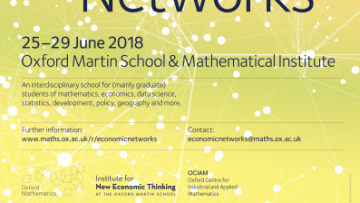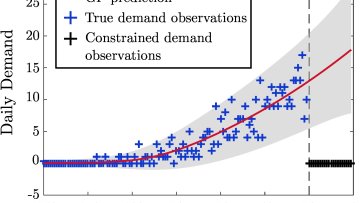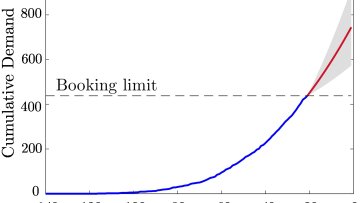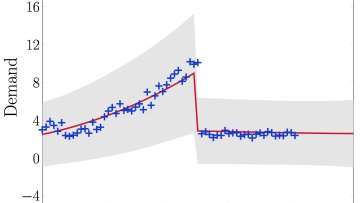15:45
Semi-stability in Nonpositive curvature
Abstract
A proper simply connected one-ended metric space is call semi-stable if any two proper rays are properly homotopic. A finitely presented group is called semi-stable if the universal cover of its presentation 2-complex is semi-stable.
It is conjectured that every finitely presented group is semi-stable. We will examine the known results for the cases where the group in question is relatively hyperbolic or CAT(0).





